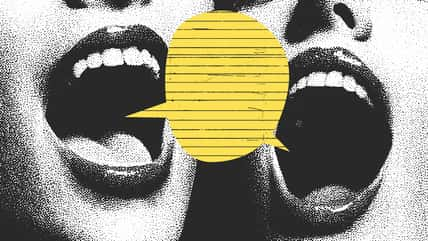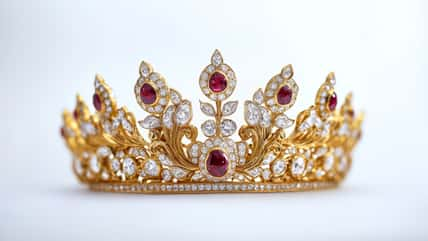She Wrote A 746-Page Book That Not Only Explained Segregation Laws In America, But Exposed Them For Being Ridiculous

There were so many inspiring and brilliant people who were activists during the civil rights movement.
One of them was Pauli Murray, a Black lawyer, civil rights activist, and poet who did tremendous work and exposed what it was like to be discriminated against on various levels.
Born in Maryland in 1910, Pauli was one of six children. After her mother’s death, her father sent her to live with her maternal aunt in North Carolina, and she grew up fairly poor.
Despite that, Pauli was an excellent, heavily-involved student and graduated at the top of her class in high school. However, although she graduated with an impressive school record, she wasn’t allowed into any of the top schools she applied to, like Columbia University in New York, because of her gender and race.
Finally, Pauli found Hunter College in New York, which was an all-women’s school at the time. She lived in a YMCA in Harlem, where she attended lectures and was introduced to some of the most prominent figures of the Harlem Renaissance era, like Langston Hughes and W.E.B. DuBois.
Pauli graduated from Hunter in 1933 with a degree in English Literature. She graduated at a rough time, as the stock market crash and Great Depression made it terribly difficult for her to get a job, on top of the discrimination she already faced. Around this time, she began writing poetry, and her work was published in several magazines.
In the late 1930s and early 1940s, Pauli set her sights on attending law school but had difficulty finding a school that would take her. She returned to North Carolina to try and attend a graduate program at UNC-Chapel Hill but was denied entry because of her race.
Pauli then went back to New York, began speaking out against the Jim Crow laws, and became well-known in the city as an activist. She found herself at Howard Law School and was a great law student with strong goals of becoming a civil rights lawyer.
During her time at Howard in 1944, she famously wrote a paper coining the term “Jane Crow,” which explored the separation of gender and racial-based discrimination and was later referenced in the famous Brown vs. Board of Education Supreme Court case.

unona art – stock.adobe.com- illustrative purposes only, not the actual people
Pauli wrote her first book in 1948 after she was personally asked by the women’s division of the Methodist Church to write a breakdown and explanation of segregation laws in America. She wrote a 746-page book titled States’ Laws on Race and Color, which not only explained the laws but exposed them for being ridiculous.
It was distributed by the ACLU all over human-rights organizations and law libraries and was heavily favored by infamous Supreme Court Justice Thurgood Marshall. She wrote three additional books, one of them being an autobiography published after her death.
Throughout her life, Pauli was a Christian and decided to become a priest after working in a law firm in New York City. She became the first Black woman in the United States to become an Episcopal priest in 1977. She worked at the Chapel of the Cross on Franklin Street in Chapel Hill, North Carolina.
Pauli passed away due to colon cancer in July 1985 at 74. Since her passing, a residential college at Yale has been named after her, her childhood home has been declared a National Historic Landmark, and her legacy in American social justice is still long-lasting.
If true crime defines your free time, this is for you: join Chip Chick’s True Crime Tribe
She Was The First Woman To Perform An Aerobatic Loop In A Plane
Sign up for Chip Chick’s newsletter and get stories like this delivered to your inbox.
More About:Chicks We Love





